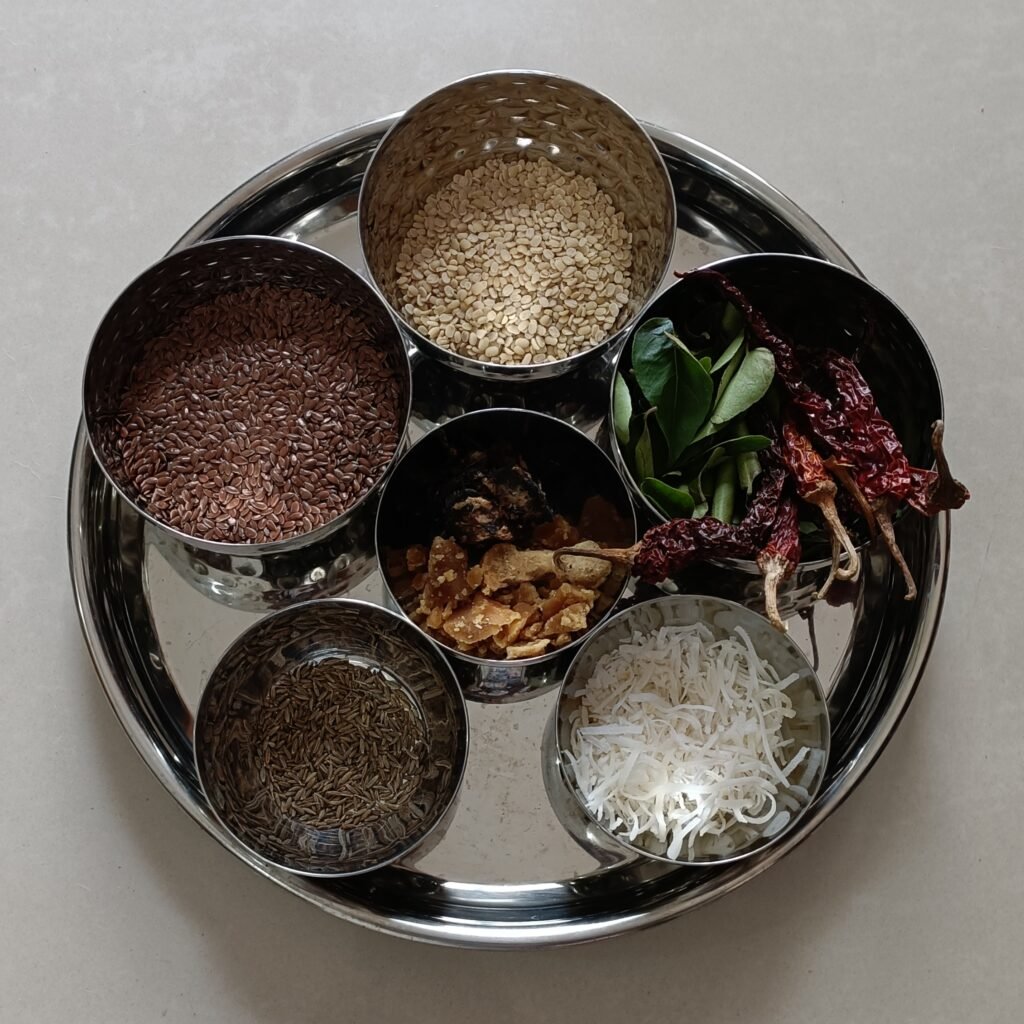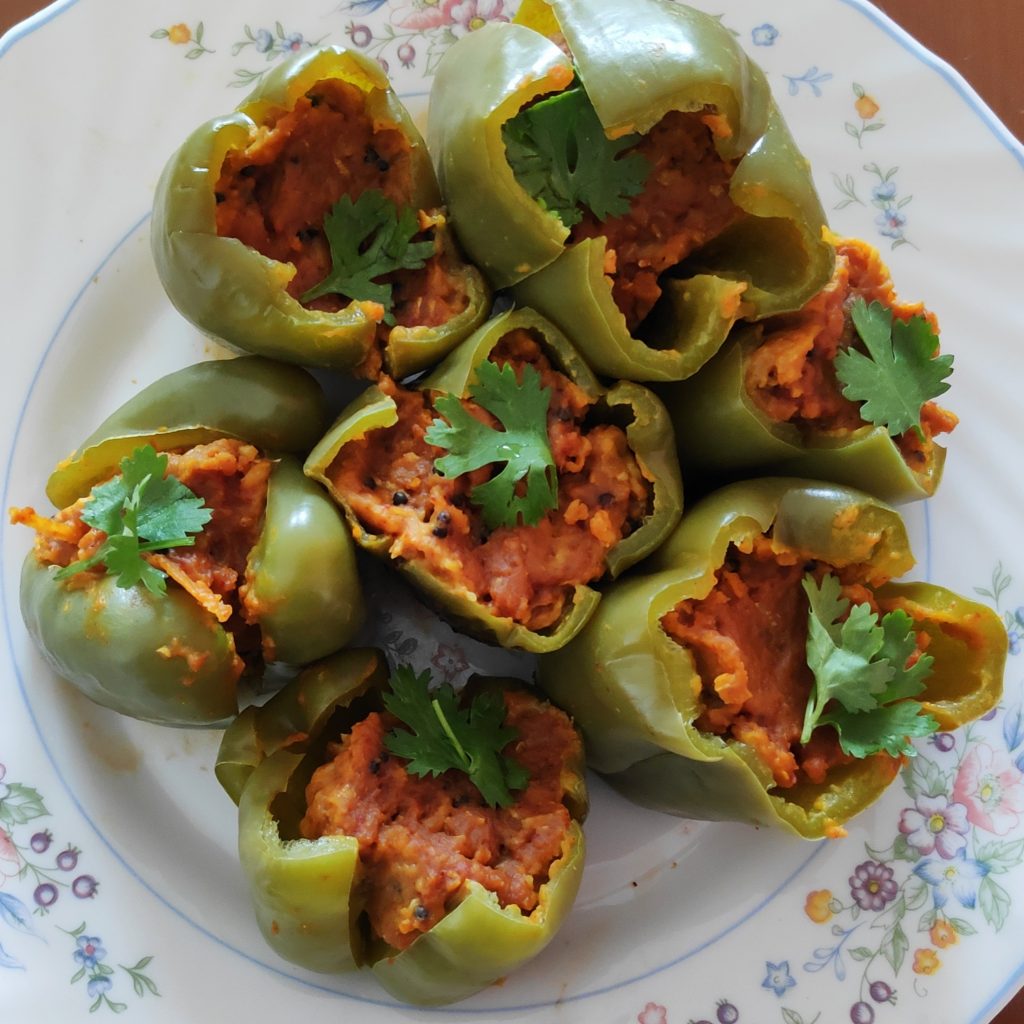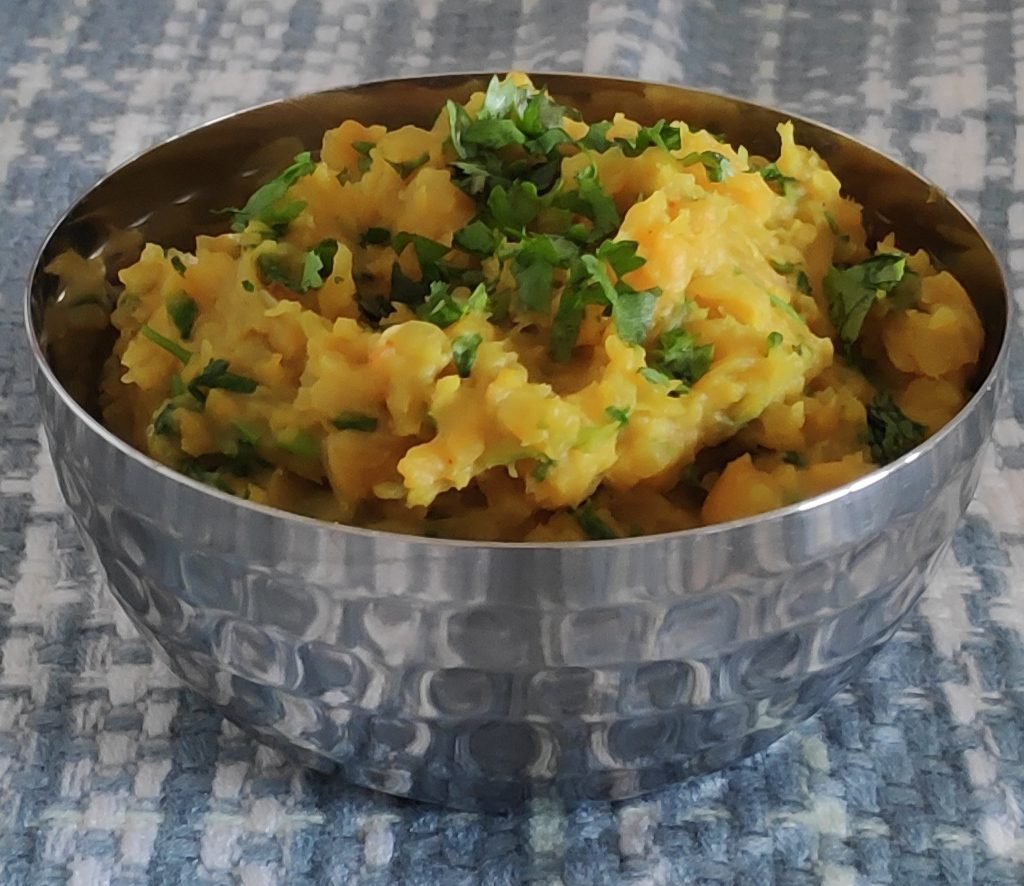Commonly known as Shimla Mirch in India, capsicums or bell peppers are low in calories and exceptionally rich in vitamin C, which increases the absorption of iron from your gut. Eating raw bell peppers along with iron-rich foods such as green leafy vegetables may help increase your body’s iron stores, cutting your risk of anemia. They are also loaded with other antioxidants.
Sesame seeds are rich in protein, vitamins, minerals, and antioxidants and are often added to provide a nutty flavor and crunchy texture. Sesame seeds contain lignans and phytosterols, which are plant compounds that can help lower cholesterol. Phytosterols are also believed to enhance your immune response and decrease your risk of certain cancers. The sesamin and sesamolin in sesame seeds are known for their antioxidant and antibacterial properties. Antioxidants are important to your health because they protect your body against various diseases by slowing down damage to cells. They’re also packed with copper, which helps make red blood cells. Sesame seeds are an excellent source of manganese and calcium, both of which help your bones grow healthy and strong.
Coconut can be eaten raw, dried, or as flour, is delicious and easy to incorporate into both sweet and savory dishes. Coconut meat contains large amounts of medium chain fatty acids (MCFAs), a type of saturated fat that is much easier for the human body to digest than animal fats. These fats, also called medium chain triglycerides (MCTs), have been demonstrated to boost the endurance of trained athletes. Although coconuts are high in calories because of their fat content, they are also very high in fibre making sure you don’t consume too much by giving you a sense of fullness with very small amounts.
Besan (chickpea/ garbanzo bean flour) also known as gram flour has been a staple in Indian cooking for centuries. It is from the legume family and is lower in carbohydrates and calories but very rich in protein, iron, folate, and manganese apart from other vitamins, minerals and anti-oxidants. It is packed with fibre, is lower in calories than other flours and is very filling. It has a lower glycemic index thus preventing a spike in blood sugar. It is a great alternative to use as a gluten free flour. it’s lower in carbs and calories yet richer in protein and fiber.









